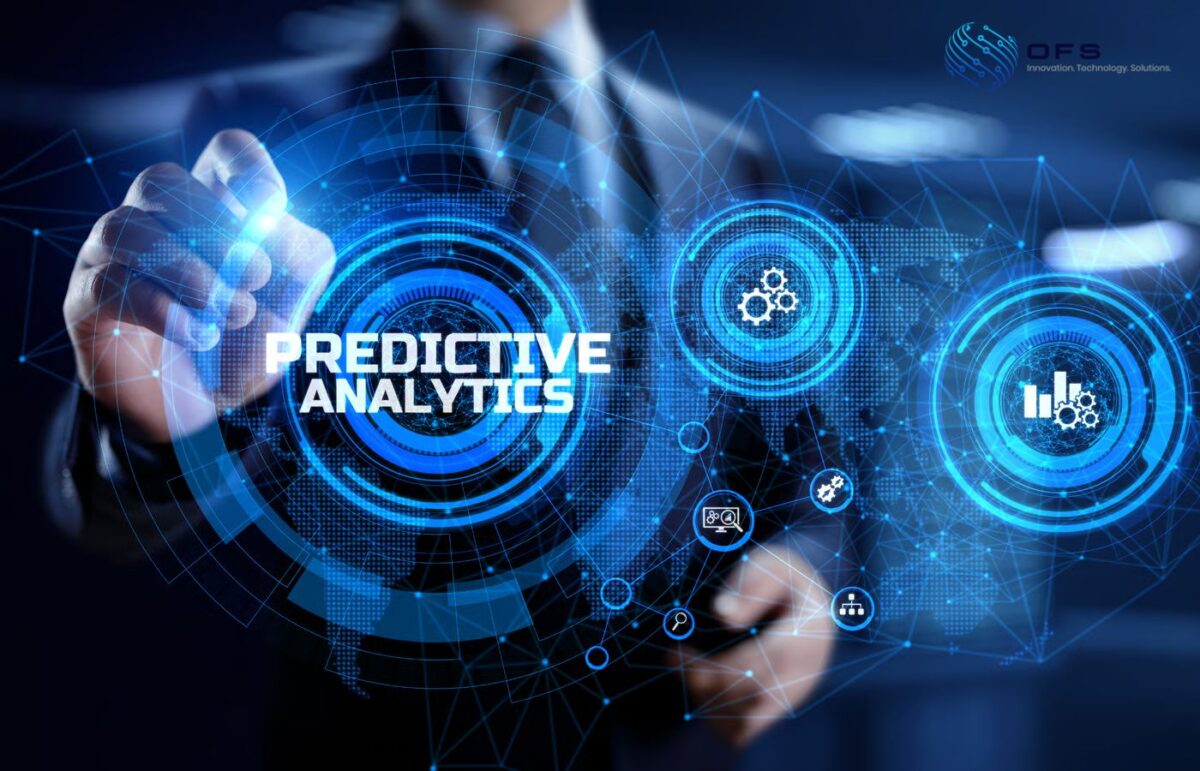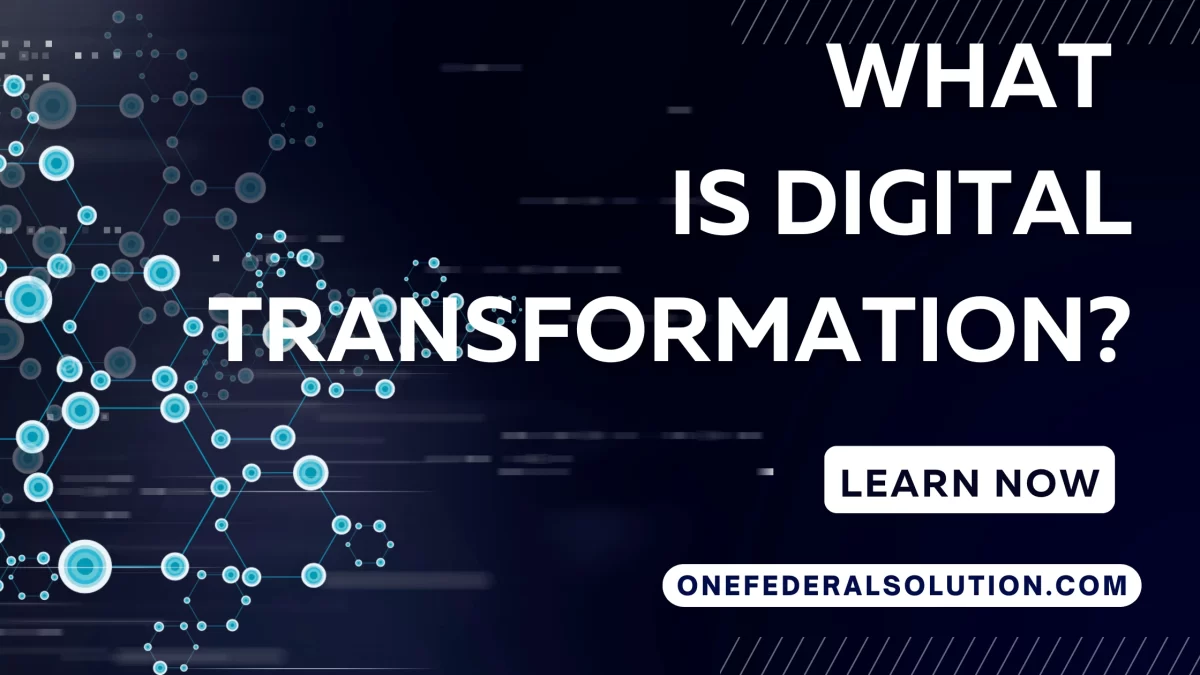From building roads and bridges to funding schools, ensuring national security, and delivering essential public services, government procurement is the backbone of effective governance.
Historically, procurement decisions relied on past patterns, manual processes, and educated guesses. But a quiet revolution is underway.
Fueled by data and foresight, government agencies are embracing predictive analytics in government procurement to make smarter, more efficient decisions that save taxpayer money and enhance public services.
Imagine a future where government agencies can predict their needs with pinpoint accuracy, identify potential risks before they disrupt operations, and select the most reliable suppliers with confidence.
This isn’t a distant dream—it’s the transformative power of predictive procurement in action, reshaping how public funds are managed and delivering real value to American taxpayers.
What is Predictive Analytics in Government Procurement?
At its core, predictive analytics in government procurement goes beyond looking at what happened in the past (descriptive analytics) or understanding why it happened (diagnostic analytics).
Instead, it uses advanced statistical models, machine learning, and historical data to forecast future trends and outcomes. In the context of procurement, this means anticipating everything from future demand for goods and services to the likelihood of a supplier failing to meet contract terms.
By shifting from reactive decision-making to proactive, data-driven strategies, predictive analytics empowers procurement professionals to move away from guesswork and embrace strategic planning. This forward-looking approach is revolutionizing how federal, state, and local agencies manage their budgets and deliver services.
The Power of Predictive Procurement: Key Benefits
The adoption of predictive procurement brings a host of benefits, addressing long-standing challenges and paving the way for more efficient, transparent, and resilient government operations. Let’s explore how predictive analytics is transforming key areas of procurement.
Pinpoint Accuracy with Demand Forecasting
One of the biggest challenges in government procurement is knowing what to buy, when to buy it, and how much to purchase. Overbuying wastes taxpayer dollars and ties up storage space, while under-buying can disrupt critical services.
Demand forecasting initiatives powered by predictive analytics solve this problem.
By analyzing historical purchasing data, seasonal trends, project timelines, demographic shifts, and external factors, agencies can build sophisticated models to predict future needs.
For example, predictive models can estimate the demand for emergency relief supplies during hurricane season. They can even determine the need for construction materials for infrastructure projects, or even the amount of office supplies federal agencies require. This precision reduces waste, optimizes inventory, and ensures essential goods and services are available when and where they’re needed across states and agencies.
Proactive Supply Chain Risk Management
Global disruptions—whether from natural disasters, geopolitical tensions, or supplier financial instability—have exposed vulnerabilities in government supply chains. A single disruption can ripple through public services, affecting everything from healthcare delivery to national defense.
Supply chain risk management powered by predictive analytics helps agencies stay ahead of these risks. It helps analyse data regarding financial health, geopolitical stability in sourcing regions, historical delivery performance, and even real-time news sentiment. This way, predictive models can flag potential disruptions before they occur.
For instance, if a model detects financial distress in a key supplier, procurement teams can proactively seek alternative vendors or negotiate backup plans. This foresight minimizes the risk of delays or shortages, ensuring operational continuity and safeguarding critical services.
Smarter Supplier Performance Prediction
Choosing the right supplier is critical to the success of government contracts and projects.
Traditional methods often rely on backward-looking performance reviews. However, supplier performance prediction takes a forward-thinking approach.
Predictive analytics evaluates a wide range of data, including past delivery times, quality control reports, compliance records, communication responsiveness, and market reputation, to forecast how a supplier is likely to perform in the future.
This capability allows agencies to:
- Identify top-performing suppliers for critical federal, state, or local projects.
- Flag potential underperformers or suppliers at risk of non-compliance.
- Negotiate better terms based on predicted performance.
- Build stronger, more reliable relationships with suppliers who consistently deliver value.
By selecting dependable suppliers, agencies reduce the risk of project delays, cost overruns, and rework, ensuring taxpayer dollars are spent wisely.
Streamlined Contract Management Analytics
Government agencies manage thousands of contracts, each with complex terms, conditions, and compliance requirements. Contract management analytics, powered by predictive tools, streamlines this process, turning contracts into strategic assets rather than administrative burdens.
Predictive models can analyze historical contract data to:
- Identify clauses likely to lead to disputes or non-performance.
- Predict optimal times to renegotiate contracts based on market conditions or supplier performance.
- Flag potential cost overruns or underutilization of contracted services.
- Forecast the likelihood of contract extensions, enabling proactive planning to avoid service gaps.
This level of insight allows agencies to maximize the value of contracts, manage risks effectively, and ensure compliance across multiple departments.
Unlocking Procurement Data Insights
Together, these applications create a wealth of procurement data insights that drive smarter decision-making and significant savings. By gaining a clearer picture of future needs, risks, and supplier capabilities, procurement teams can:
- Negotiate better prices with suppliers, stretching taxpayer dollars further.
- Consolidate purchasing across agencies or departments to achieve economies of scale.
- Reduce “maverick spend” (purchases made outside established contracts).
- Optimize inventory to align with actual demand, minimizing waste.
- Automate routine tasks and prioritize exceptions for human review.
These efficiencies translate into tangible benefits for the public, ensuring tax dollars are spent responsibly and effectively.
Real-World Applications: Predictive Analytics in Action
The impact of predictive analytics is already being felt across U.S. government agencies. For example:
- Federal Emergency Management Agency (FEMA): FEMA uses predictive models to forecast demand for disaster relief supplies, enabling faster and more efficient responses to hurricanes, floods, and other emergencies.
- Department of Defense (DoD): The DoD leverages predictive analytics to assess supplier reliability for critical defense contracts, ensuring national security projects stay on track.
- State and Local Governments: Cities and states use predictive tools to optimize procurement for public works projects, such as road construction or school renovations, reducing costs and delays.
These examples demonstrate how predictive analytics is transforming government procurement into a more strategic, data-driven process.
Challenges on the Road to Predictive Procurement
While the benefits are clear, adopting predictive procurement comes with challenges. Government agencies must navigate several hurdles to fully realize their potential:
- Data Quality and Silos: Government data is vast but often scattered across decentralized, inconsistent legacy systems. Cleaning and integrating this data for analysis is a significant challenge.
- Talent Gap: A shortage of data scientists and procurement professionals with advanced analytics skills can slow the development and deployment of predictive models.
- Resistance to Change: Shifting from traditional, manual processes to data-driven decision-making requires a cultural transformation and buy-in from leadership and staff.
- Security and Privacy: Handling sensitive procurement, financial, and supplier data demands robust cybersecurity measures and compliance with federal and state privacy laws.
- Regulatory Complexity: Navigating federal acquisition regulations (FAR), state procurement laws, and agency-specific policies adds complexity to technology adoption.
Despite these challenges, progress is being made. Investments in modern digital infrastructure, secure cloud computing, and robust data governance are laying the foundation for success. Partnerships with private-sector tech firms and academic institutions are addressing the talent gap, while pilot projects are showcasing measurable results to build momentum.
The Future of Smart Procurement
Predictive analytics in government procurement is more than a technological upgrade—it’s a strategic imperative for responsible public spending.
As U.S. government agencies continue their digital transformation, predictive procurement will play a central role in delivering better public services.
From saving taxpayer dollars to ensuring resilient supply chains, this data-driven approach is paving the way for a smarter, more responsive government that predicts, adapts, and thrives.
In the years ahead, the continued adoption of government procurement analytics will not only enhance operational efficiency but also build public trust by demonstrating that every dollar is spent with purpose and precision.
The future of procurement is here—and it’s smarter than ever.




